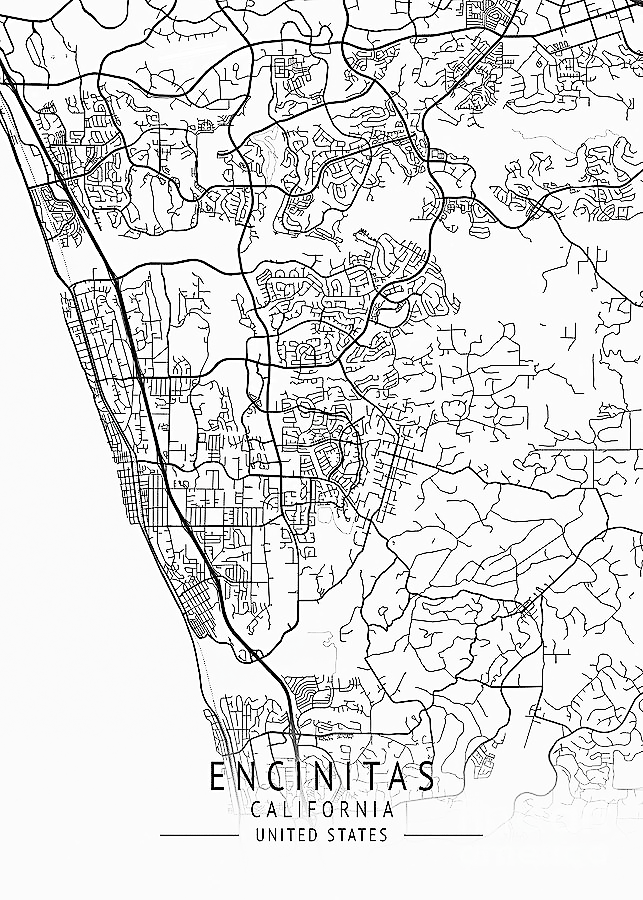
City of Encinitas
Native Plant Ordinance
The development of a successful native plant ordinance and incentive program starts with an expertly crafted vision toward successful implementation.
From a data gathering baseline to a clear program of incentives and education that includes homeowners’ associations (HOA), local plant nurseries, and the community at large, a holistic approach that includes investigation into how this program will be received and understood is key to successful implementation.
Encinitas occupies a unique 6-mile stretch along the Pacific coastline in northern San Diego County. Its land features coastal beaches, cliffs, flat-topped coastal areas, steep mesa bluffs, canyons and rolling hills. The city is often divided into five areas including Old Encinitas, New Encinitas, Cardiff-by-the-Sea, Olivenhain, and Leucadia. It covers 18.8 square miles at elevations ranging from sea level to 180 feet above sea level. In the northern part of the city, the land is raised in the form of several coastal bluffs. The city is bisected by a low-lying coastal ridge and is surrounded by Batiquitos Lagoon to the north and San Elijo Lagoon to the south. This diverse geography and geology create unique opportunities and complexities for landscaping as the environmental conditions in these areas, including drainage, slope, sun exposure, and soil, are equally unique. Understanding this spectrum is critical when designing a plant list and any other education tools for the program.
The City of Encinitas is developing a native plant ordinance that will include:
Native Plant Species: The ordinance will specify which native plant species developers can use in different parts of the city.
Education Campaign: The city will launch an educational campaign to help homeowners choose better plants when they renovate their yards.
Demonstration Gardens: The city will build demonstration gardens in city par ks to show homeowners how to incorporate native plants into their landscaping.
Zones: The ordinance will establish different zones, including Native Zones, Combined Zones, and Landscape Incentive Zones. The Native Zones will focus on preservation, restoration, and controlling invasive species. The Combined Zones will allow a combination of native and non-native plants, and will be located next to Native Zones. The Landscape Incentive Zones will encourage native plantings with incentives.
Project Goals
Promote environmental sustainability and resilience.
Improve habitat and local native biodiversity.
Increase local pollinators.
Improve natural spaces including habitat linkages.
Promote community aesthetics and function.
Foster long-term successful native landscapes.
Promote reduced water usage.
Stakeholders
Private landowners, renters, homeowners’ associations, or developers
Landscape companies hired to design, install and support the maintenance of these native spaces
Retailers and wholesale companies who are contacted for advice and to supply the plant material for these projects
Stakeholders also include the general community who may not be able to directly engage in the planting of a native landscape but will still be indirectly connected through greenspaces, sidewalks, and neighbors
Native Plant Ordinance Team
Why Native Landscaping?
What is a Native Plant?



